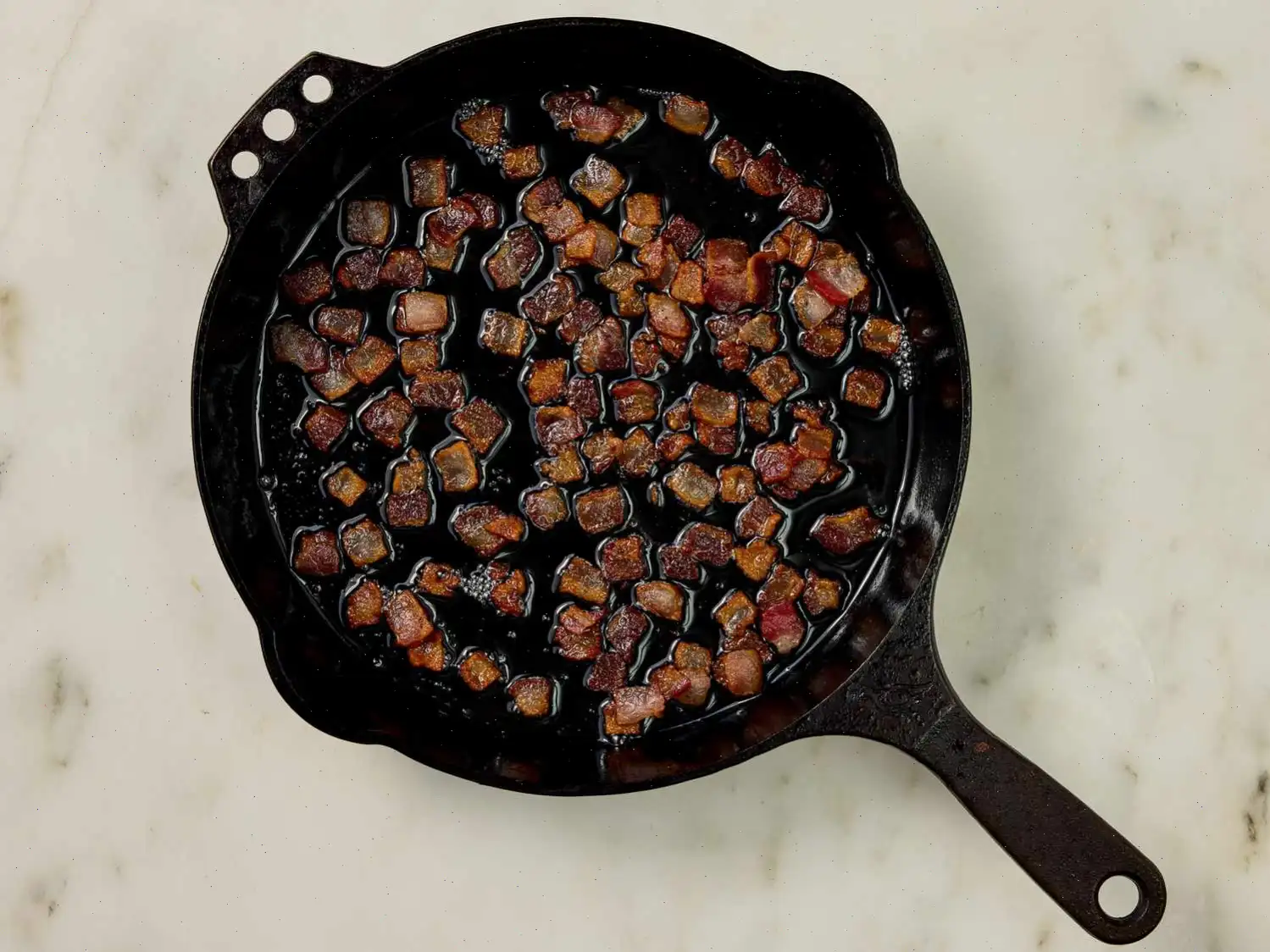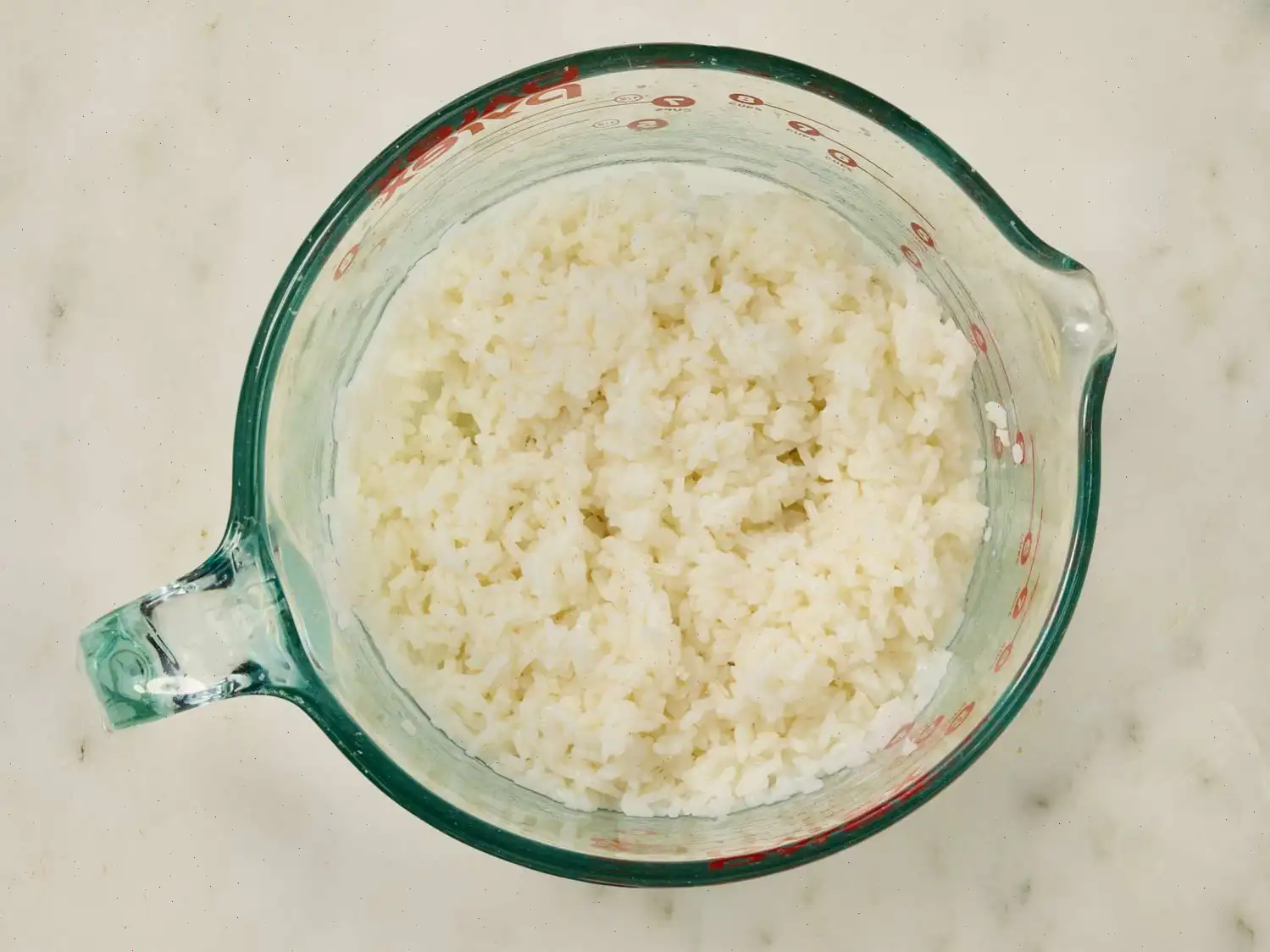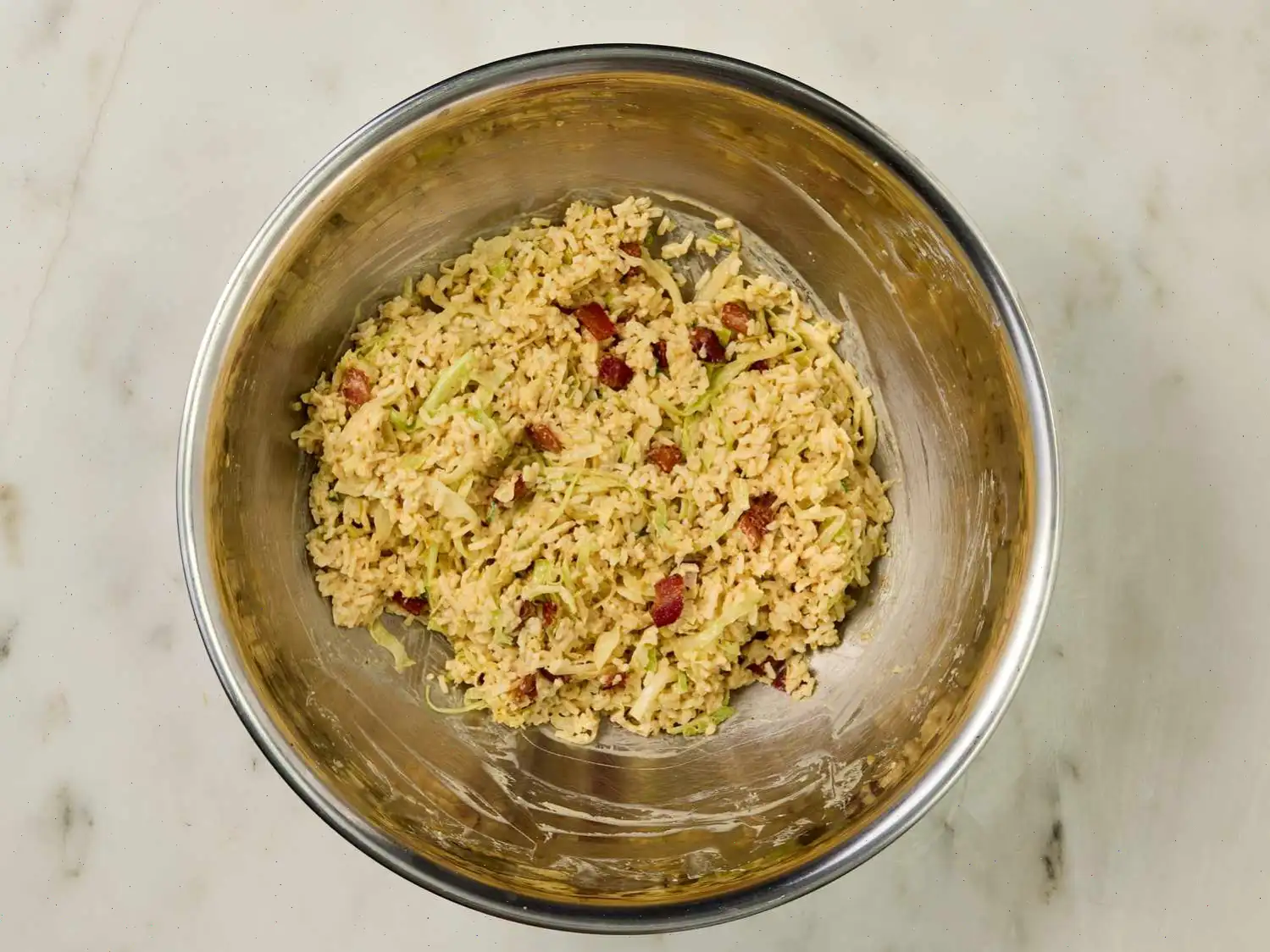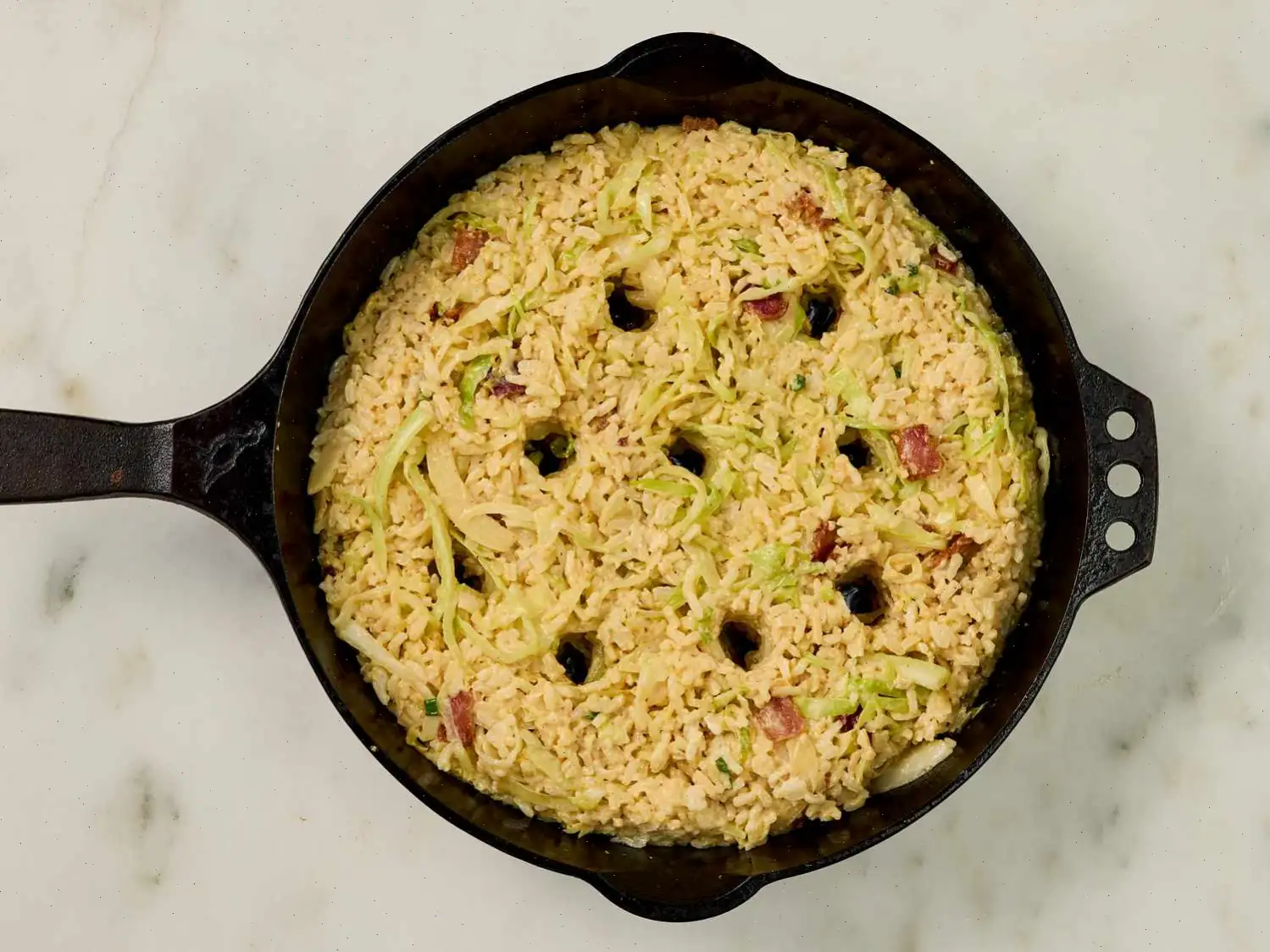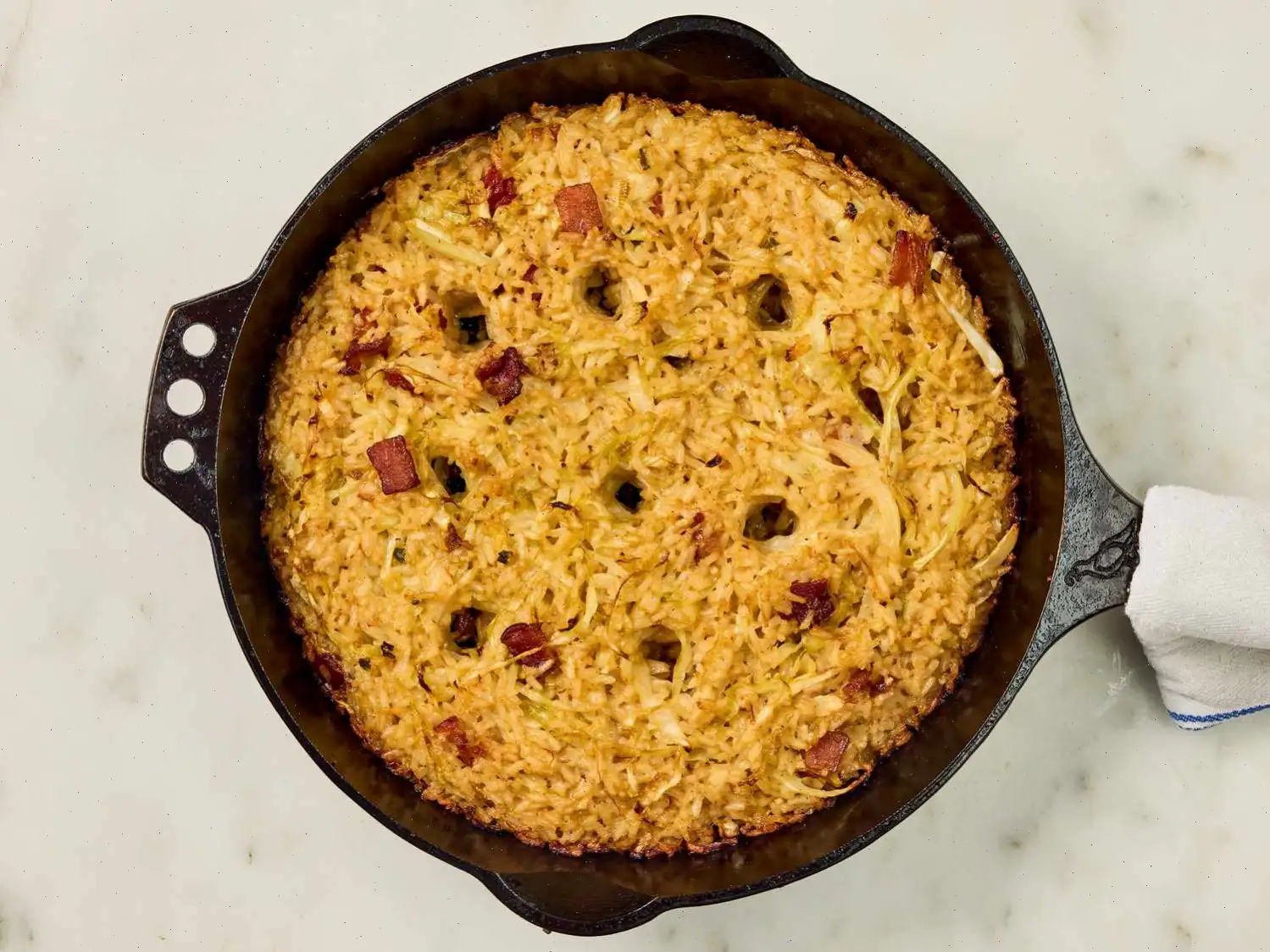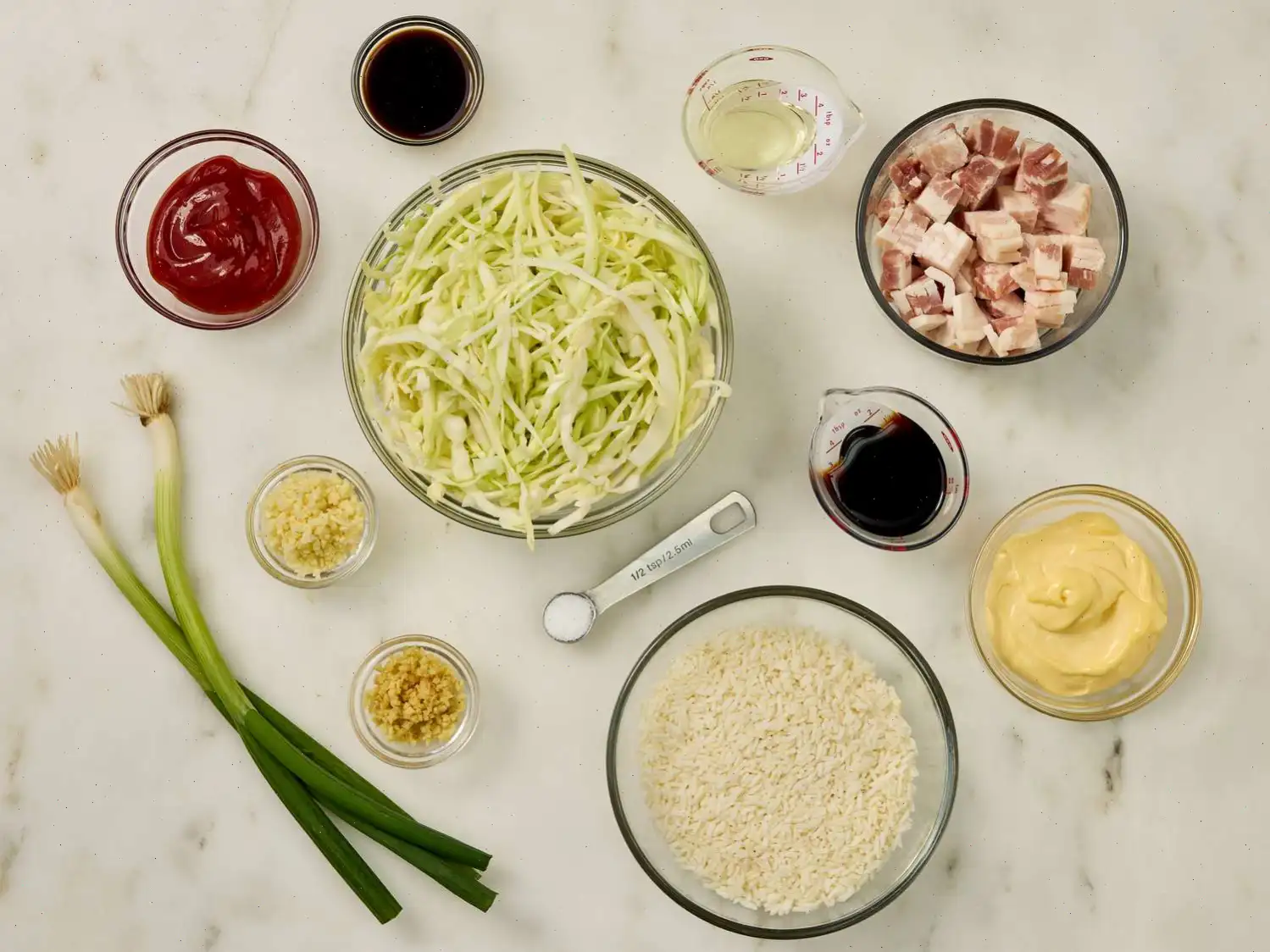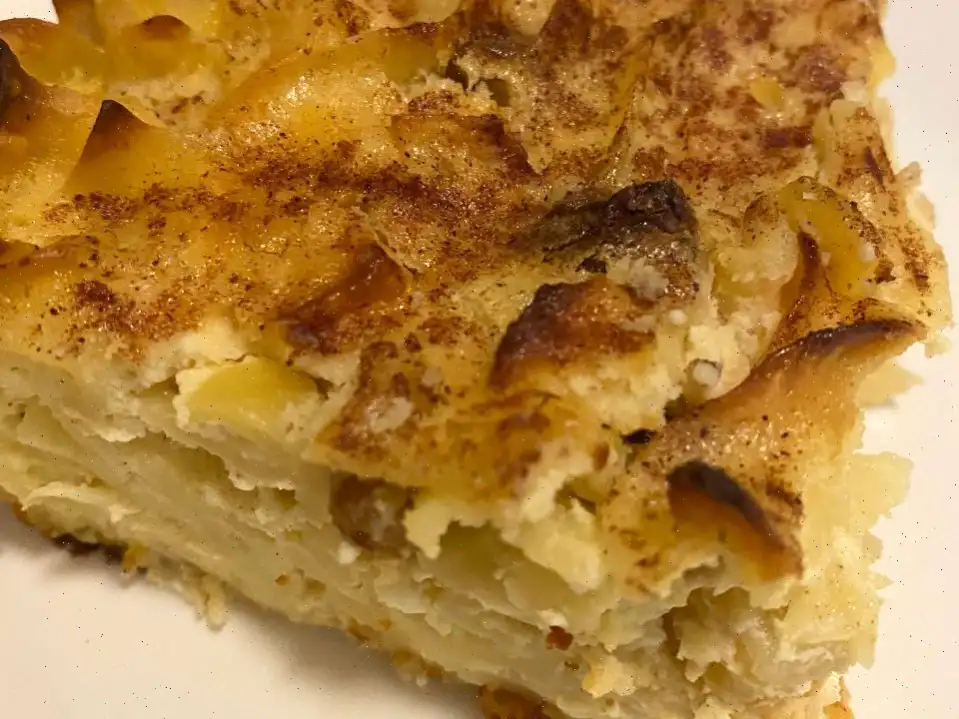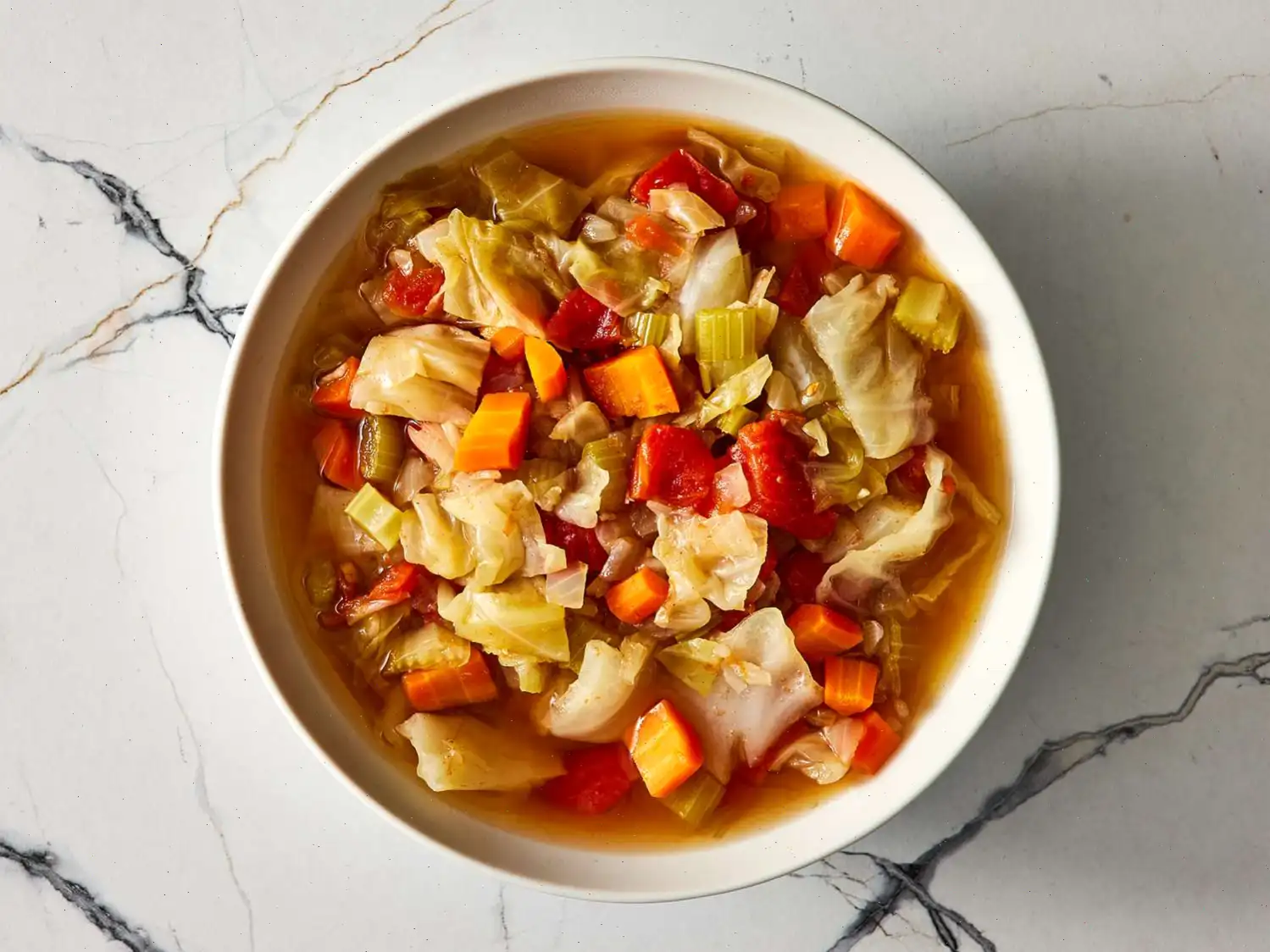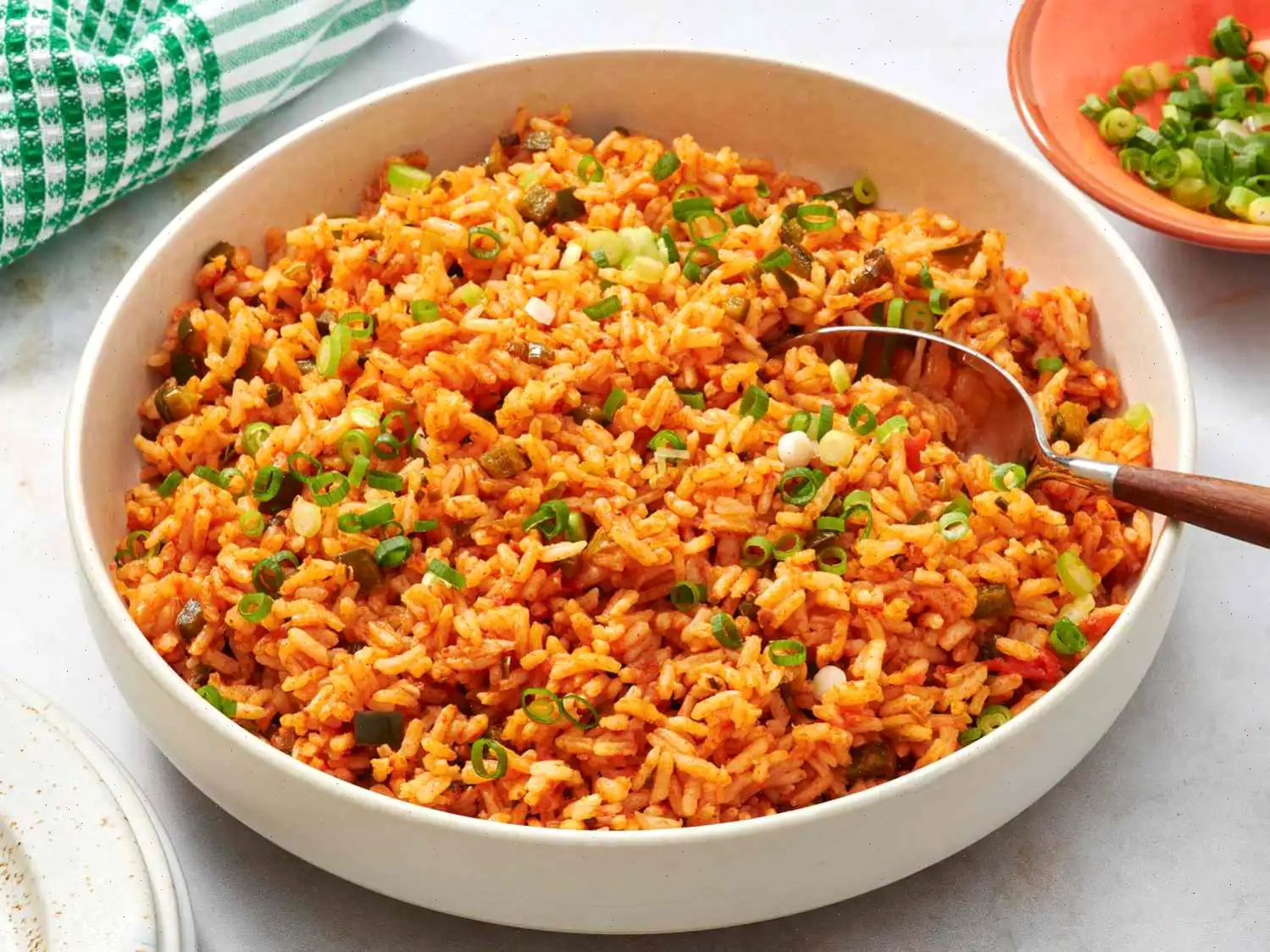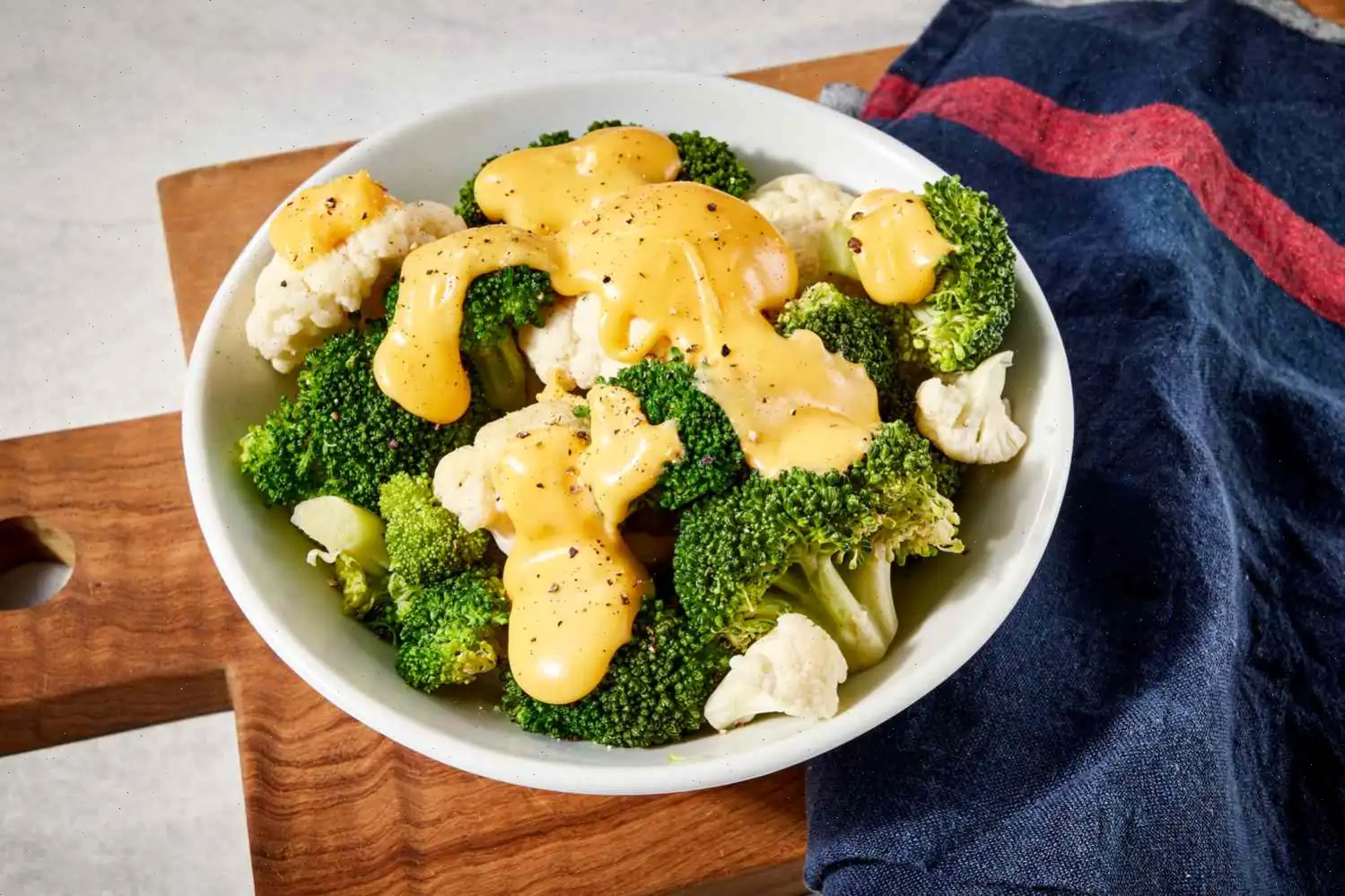
Okonomiyaki-Inspired Crispy Rice Recipe
Ingredients
This recipe was developed at its original yield. Ingredient amounts are automatically adjusted, but cooking times and steps remain unchanged. Note that not all recipes scale perfectly. Original recipe (1X) yields 4 servings.
- 4 thick-cut bacon slices, chopped
- 1 1/2 cups quick-cooking white rice (such as Minute)
- 1/2 teaspoon kosher salt
- 2 cups tap water
- 2 medium scallions
- 4 cups shredded green cabbage
- 3 cloves garlic, minced
- 1 tablespoon minced fresh ginger
- 1/2 cup Kewpie mayonnaise, divided
- 2 1/2 tablespoons soy sauce, divided
- 2 tablespoons canola oil
- 1/4 cup ketchup
- 1 1/2 teaspoons Worcestershire sauce
- 1/2 teaspoon toasted sesame seeds
- Aonori (seaweed flakes) and lightly crumbled bonito flakes (katsuobushi) (optional)
Directions
Step 1: Gather all ingredients.
Step 2: Preheat oven to 400F (200C) with rack in bottom third position.
Step 3: Heat bacon in a medium cast-iron skillet over medium heat. Stir occasionally, cooking until crisp (about 10 minutes). Use a slotted spoon to transfer bacon to a paper towel-lined plate. Reserve the drippings in a small bowl.
Step 4: While the bacon cooks, stir together rice, salt, and water in an 8-cup microwave-safe . Microwave on HIGH until rice is al dente (about 4 minutes). Drain any excess water if needed, then transfer the rice to a large bowl.
Step 5: Thinly slice the scallions, separating the dark and light green parts.
Step 6: Return 1 tablespoon of bacon drippings to the skillet over medium heat. Add the light green parts of the scallions, cabbage, garlic, and ginger. Stir often and cook for 3-4 minutes until softened and fragrant. Remove from heat and transfer to the bowl with the rice.
Step 7: Add half of the reserved bacon (about 1/4 cup), 1/4 cup of mayonnaise, and 2 tablespoons of soy sauce to the rice and cabbage mixture. Toss until fully combined.
Step 8: Heat the canola oil and remaining 2 tablespoons of bacon drippings in the skillet over medium heat until sizzling. Add the rice mixture to the hot skillet, using a spoon to flatten and cover the bottom of the skillet. Gently poke 5-6 holes in the rice with the end of a wooden spoon handle, going all the way to the bottom of the skillet. This will allow steam to escape and form a crust on the bottom.
Step 9: Continue cooking over medium heat until the rice sizzles and begins to brown on the edges (about 4 minutes). Transfer the skillet to the preheated oven and cook on the bottom third rack for 30-35 minutes until the bottom of the rice is nice and crisp.
Step 10: While the rice bakes, whisk together the ketchup, Worcestershire sauce, and remaining 1/2 tablespoon of soy sauce in a small bowl. Set the Okonomiyaki sauce aside until ready to use.
Step 11: Remove the skillet from the oven. Drizzle the rice with some of the ketchup mixture and the remaining 1/4 cup of Kewpie mayonnaise. Sprinkle with sesame seeds, dark green parts of scallions, reserved bacon, aonori, and bonito flakes (if using). Serve immediately.
Nutrition Facts (per serving)
| Calories | 446 |
|---|---|
| Total Fat | 32g |
| Saturated Fat | 5g |
| Cholesterol | 23mg |
| Sodium | 1258mg |
| Total Carbohydrate | 32g |
| Dietary Fiber | 4g |
| Total Sugars | 8g |
| Protein | 9g |
| Vitamin C | 59mg |
| Calcium | 106mg |
| Iron | 2mg |
| Potassium | 521mg |
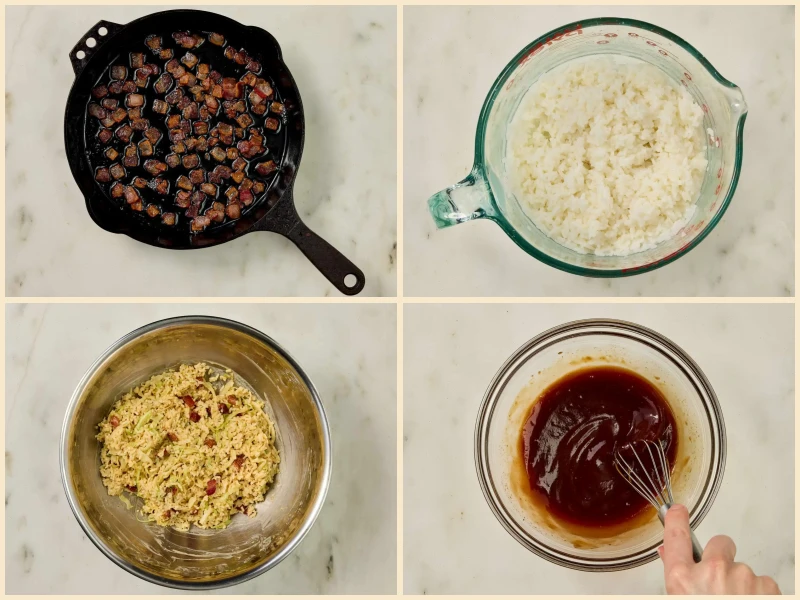
The Story Behind Okonomiyaki-Inspired Crispy Rice
Okonomiyaki, often referred to as a Japanese savory pancake, has its roots in post-war Japan when food shortages made it necessary to create dishes from readily available ingredients. The name okonomiyaki literally means grilled as you like it, reflecting the customizable nature of the dish. The crispy rice adaptation is a modern twist that combines the traditional flavors of okonomiyaki with the comforting texture of pan-fried rice, creating a unique fusion that retains the essence of Japanese street food while offering a satisfying crunch.
Regional Variations and Features
While the original okonomiyaki is associated with Osaka and Hiroshima, each region has its own interpretation. Osaka-style okonomiyaki mixes ingredients into the batter before cooking, while Hiroshima-style layers cabbage, noodles, and other fillings. The crispy rice version draws more from Osakas approach but replaces the flour-based batter with rice, giving it a distinct texture. In coastal regions, it is often garnished with seafood, while inland versions may incorporate bacon, pork, or vegetables, reflecting local availability and taste preferences.
How It Differs from Similar Dishes
Unlike traditional okonomiyaki, which is soft and pancake-like, okonomiyaki-inspired crispy rice emphasizes a crunchy bottom layer, achieved by pan-frying and baking the rice mixture. Unlike simple fried rice, it incorporates classic okonomiyaki elements such as cabbage, scallions, Kewpie mayonnaise, and a tangy Worcestershire-based sauce. This combination of creamy, savory, and umami-rich toppings distinguishes it from other rice or pancake dishes, offering a multi-textured experience with every bite.
Where Its Typically Served
Okonomiyaki-inspired crispy rice is commonly served in Japanese-style izakayas (pubs), street food stalls, and casual home dining settings. It can also appear as a side dish in modern Japanese restaurants that specialize in fusion cuisine. Its appeal lies in its versatility: it can be enjoyed as a hearty snack, a main dish for lunch or dinner, or even as a shared appetizer during gatherings, making it a favorite for social dining experiences.
Interesting Facts
- The addition of crispy rice is a creative adaptation that modern chefs use to reinvent traditional comfort foods while keeping authentic Japanese flavors intact.
- Kewpie mayonnaise, used in this dish, is a Japanese staple known for its rich, slightly sweet flavor, which enhances both okonomiyaki and crispy rice.
- Bonito flakes (katsuobushi) are often sprinkled on top; the heat from the rice causes them to dance, creating a playful presentation that is visually engaging.
- This dish exemplifies the Japanese philosophy of mottainai, using leftover rice creatively rather than letting it go to waste.
- Its layered flavor profilesavory, slightly sweet, and umami-richdemonstrates why okonomiyaki has remained a beloved dish for generations across Japan.
You can listen to this recipe in AI audio format. Simply click the play button below to listen to the content in a format that suits you best. It’s a great way to absorb information on the go!


